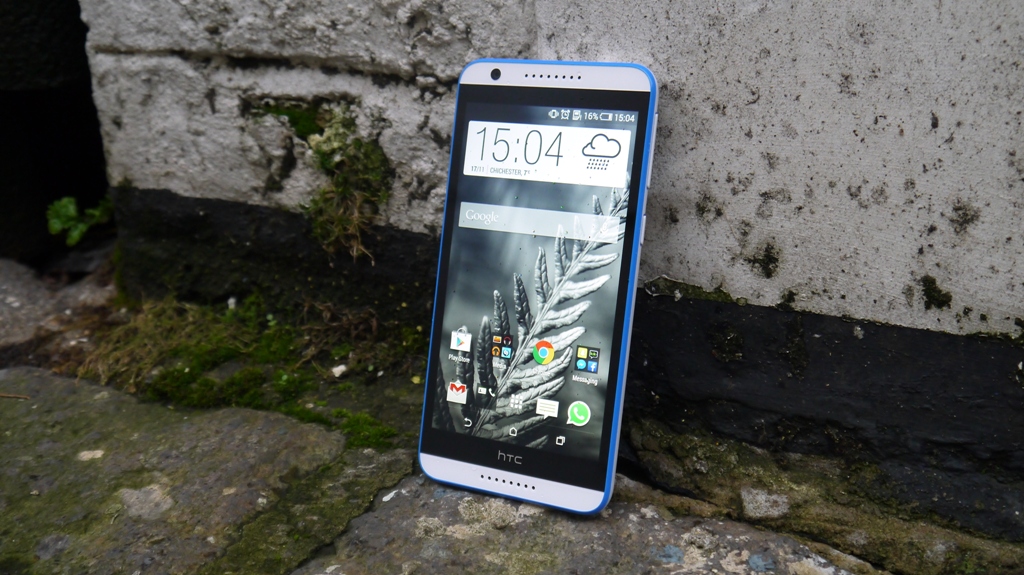Why you can trust TechRadar
In the battle of the big phones there are a few players that are trying to make their mark. However, a 64-bit CPU and 8MP front facing camera should really help the HTC Desire 820 gain some ground against the likes of the far more expensive Galaxy Note 4 and iPhone 6 Plus.
We liked
Kudos to HTC for offering up a phone with a 64-bit Snapdragon 615 SoC. While the market for 64-bit phones is still very young, with the only real notable contributions coming from Apple, it is clear that the future does lie in this area. It means the Desire 820 never suffered from slow down, and has given it the tools needed to make the most of Android Lollipop.
The design also has to be applauded. It might be made out of a polycarbonate chassis, but the two tone shell is very attractive and feels very well made. It was very comfortable to hold two handed, although its sheer size does mean that it won't suit those with smaller digits.
HTC's Sense also deserves a mention. While many will always prefer the stock Android solution, and I will confess that I too am a big fan, HTC has added some cool features that make its handsets worth looking at. Blinkfeed in particular is a great touch, offering up news from a variety of sources on a whole range of subjects.
We disliked
Unfortunately for the Desire 820, its massive screen party piece is a bit of a letdown. HTC should take note of the reasons why the 720p HD screen resolution is reserved for handsets with a screen smaller than 5-inches.
In short, it just doesn't work when stretched further. After playing with the Desire 820 for a little while, the fuzzier text and slightly pixelated icons soon became annoying.
The cameras were equally disappointing. For a handset that packs in some of the biggest sensors, and with HTC's inroads with the Ultrapixel technology on the One range, I was expecting images to be some of the best. This didn't prove to be the case, with images coming out grainy if the light was not 100% perfect.
Sign up for breaking news, reviews, opinion, top tech deals, and more.
While the design has to be applauded, it needs to be pointed out that the way HTC has implemented the microSD and nano SIM ports is very frustrating. This is an issue that I don't see popping up all that often, but I soon found myself reaching for tweezers as it is too easy to push them in the wrong way, and are really difficult to remove.
Verdict
It is clear that HTC has targeted the Asian market with the HTC Desire 820, an area where big screen handsets have taken off to an extent currently unseen here in the west. In order to keep costs down, this has meant that the screen has taken a resolution cut, maintaining HD status but at the most basic level.
This put a downer on my whole experience with the Desire 820, especially having moved from the HTC One, a phone with a higher resolution and smaller screen. My initial concerns that the screen would be too big were soon wiped away; it doesn't take long to become accustomed to a handset of this size.
My excitement of having a handset with some pretty powerful cameras was also very quickly diminished, with friends commenting that images appeared worse than the 2MP snapper I usually use.
Overall, if you're looking for a big handset for a budget price tag, the HTC Desire 820 is likely to cross your path but with so many large screen handsets now flooding the market there are many other options worth taking a look at instead.
First reviewed: October 2014
